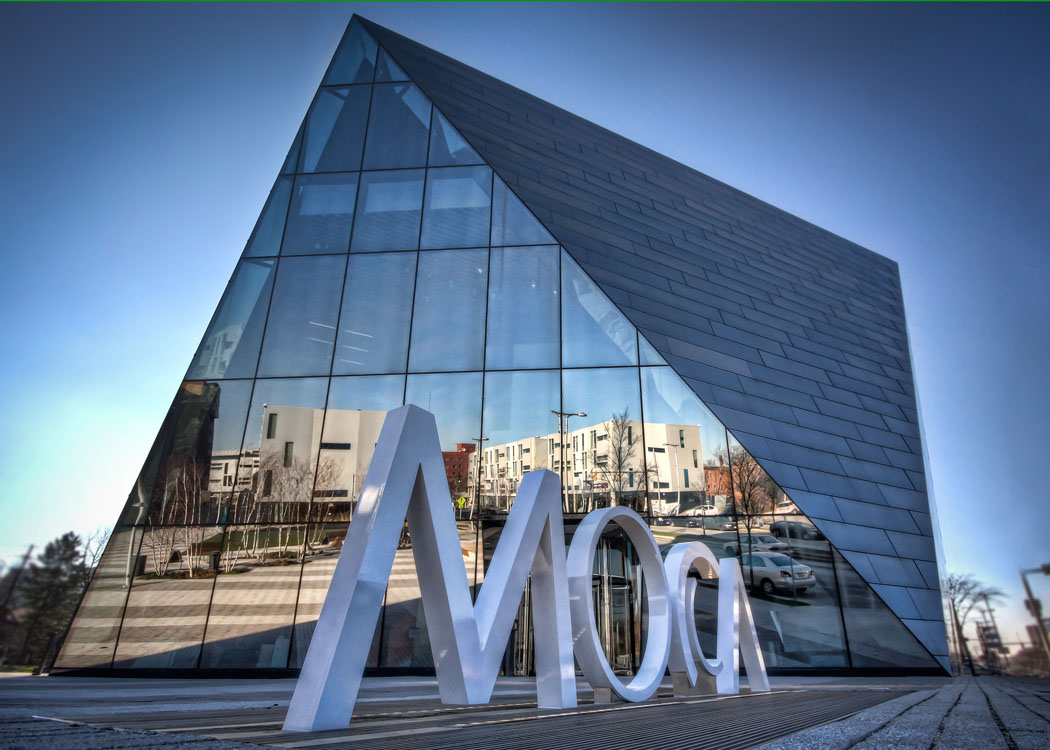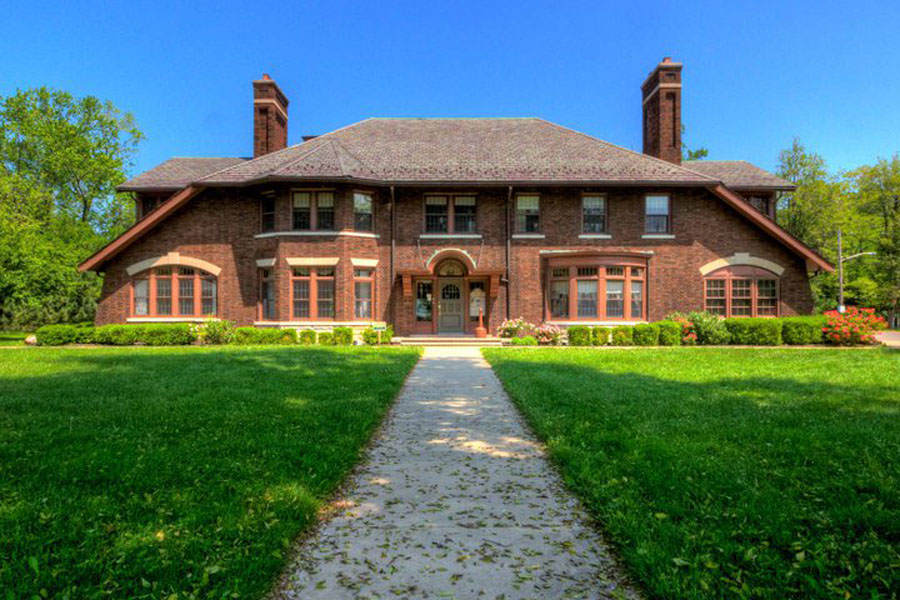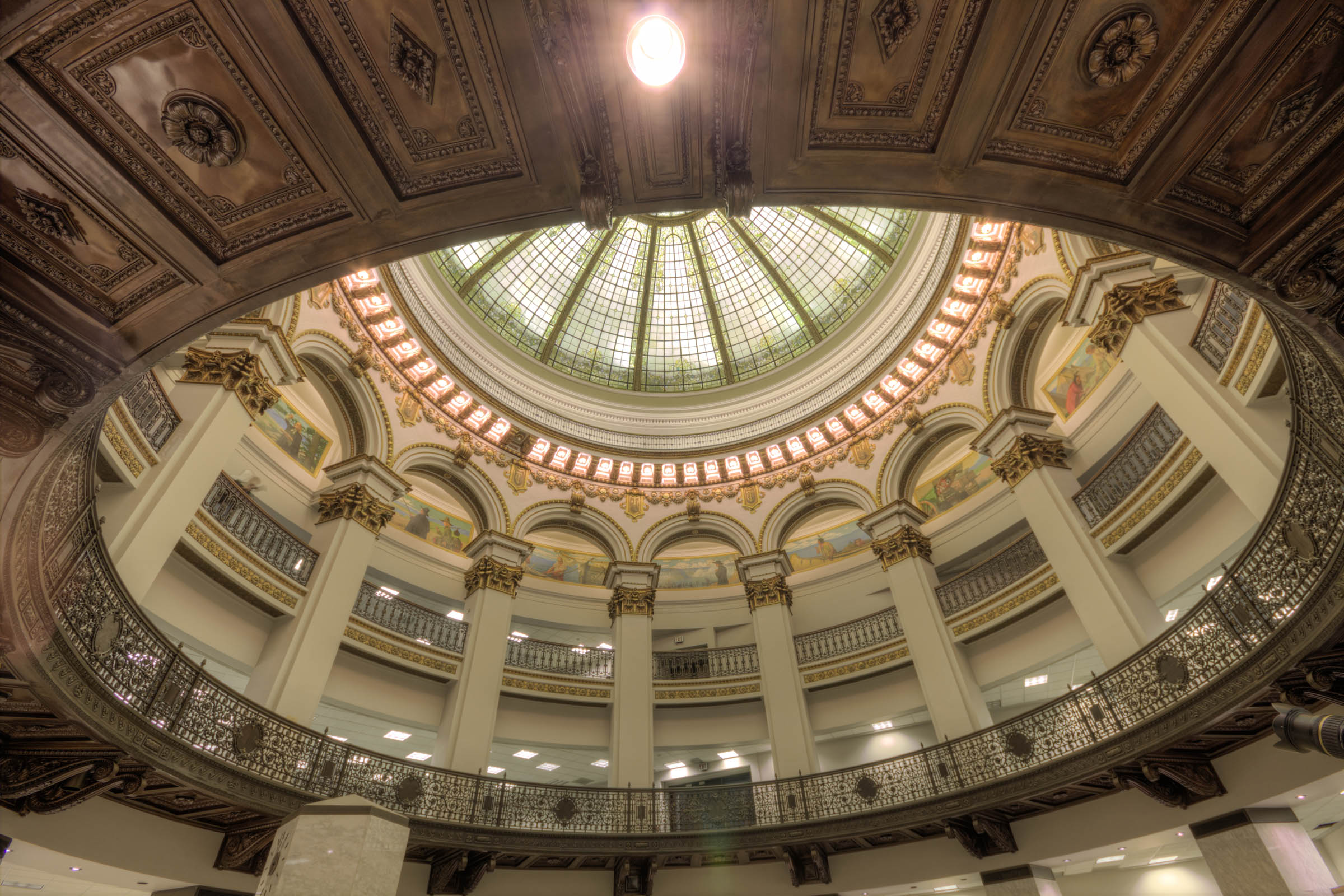Cleveland Museum of Contemporary Art
Todays photo is of the Cleveland Museum of Contemporary Art (MOCA). This beautiful new building is within walking distance of both Little Italy and Wade Oval. Here is some information directly from MOCA’s website about the new building:
“MOCA’s new building is designed to serve as a catalyst for creativity and growth in a cosmopolitan Cleveland neighborhood, which is home to one of the country’s largest concentrations of cultural, educational and medical institutions.
The nearly 34,000-square-foot structure, which is 44 percent larger than MOCA’s former rented space, demonstrates that a museum expansion need not be large in scale to be ambitious in all respects. Devised for both environmental and fiscal sustainability, the design is at once technically inventive, visually stunning and highly practical.
The dynamic structure was designed by Iranian-born Farshid Moussavi of London, formerly with Foreign Office Architects (FOA) and now principal of Farshid Moussavi Architecture (FMA). This is her first U.S. commission and her first museum.
In addition to FMA, the design team includes executive architects Westlake Reed Leskosky, headquartered in Cleveland and designers of more than 50 cultural buildings throughout the United States.
Moussavi says that museums today are not just homes for art, but serve multiple functions and host a variety of activities. “Our design for MOCA Cleveland aims to provide an ideal environment for artists and visitors and to foster creativity and variety in exhibitions and programs.”
Because MOCA is a non-collecting institution – one of the relatively few such contemporary art museums in the country – its new building does not need to accommodate collection galleries, says MOCA Executive Director Jill Snyder. “This building’s design is a perfect expression of the museum’s philosophy and programs. Flexibility is key to a program like ours that embraces aesthetic, conceptual and cultural diversity, and displays works in a great variety of media and genres.”
The four-story building, which anchors the Uptown district, rises 60 feet from a hexagonal base to a square top, where the primary exhibition space is located. All four floors contain areas for either exhibitions or public programs.
Clad primarily in mirror-finish black Rimex stainless steel, the façade will reflect its urban surroundings, changing in appearance with differences in light and weather. Three of the building’s six facets, one of them clad in transparent glass, will flank a public plaza designed by James Corner Field Operations, a New York-based landscape architecture and urban design firm. The plaza will serve as a public gathering place and will link MOCA to Uptown attractions and amenities, including the expanded Cleveland Institute of Art, designed by Burt, Hill with MVRDV, and new commercial space and residential units, designed by Stanley Saitowitz/Natoma Architects Inc.
Upon entering the building, visitors find themselves in an atrium where they can see the dynamic shape and structure of the building as it rises. This space leads to MOCA’s lobby, café and shop, and to a double-height multi-purpose room for public programs and events. From there, visitors may take MOCA’s monumental staircase, a dominant architectural feature of the building, to the upper floors. On the top floor the 6,000-square-foot gallery space has no fixed dividing walls, allowing for a variety of configurations. This floor also contains a gallery designed for new media work and the Dick and Doreen Cahoon Lounge, which overlooks the plaza and Uptown.”
For more information about this great museum click here:
Today’s Quote: “Not everybody trusts paintings but people believe photographs”. – Ansel Adams







